itemBackground, itemIconTint and itemTextColor are simple xml-attributes that can be set, though you have to use a custom prefix instead of the android: one.
Example
<android.support.v4.widget.DrawerLayout xmlns:android="http://schemas.android.com/apk/res/android"
xmlns:app="http://schemas.android.com/apk/res-auto"
android:id="@+id/drawer_layout"
android:layout_width="match_parent"
android:layout_height="match_parent"
android:fitsSystemWindows="true">
<!-- Other layout views -->
<android.support.design.widget.NavigationView
android:id="@+id/nav_view"
android:layout_width="wrap_content"
android:layout_height="match_parent"
android:layout_gravity="start"
android:fitsSystemWindows="true"
app:itemBackground="@drawable/my_ripple"
app:itemIconTint="#2196f3"
app:itemTextColor="#009688"
app:headerLayout="@layout/nav_header"
app:menu="@menu/drawer_view" />
</android.support.v4.widget.DrawerLayout>
Example
Create a new *.xml file in /res/color - let's name it state_list.xml - with the following content:
<selector xmlns:android="http://schemas.android.com/apk/res/android">
<!-- This is used when the Navigation Item is checked -->
<item android:color="#009688" android:state_checked="true" />
<!-- This is the default text color -->
<item android:color="#E91E63" />
</selector>
and the simply reference it like this: app:itemTextColor="@color/state_list"
The same goes for itemIconTint. itemBackground expects a resource id.
